One of the cornerstones of Personal Protection is being armed, but it comes with great responsibility and upkeep. As lifelong Peace Officers, we have a great deal of experience with armed protection and wanted to cover some of the most critical areas for Armed Protection.
#1 Master Situational Awareness
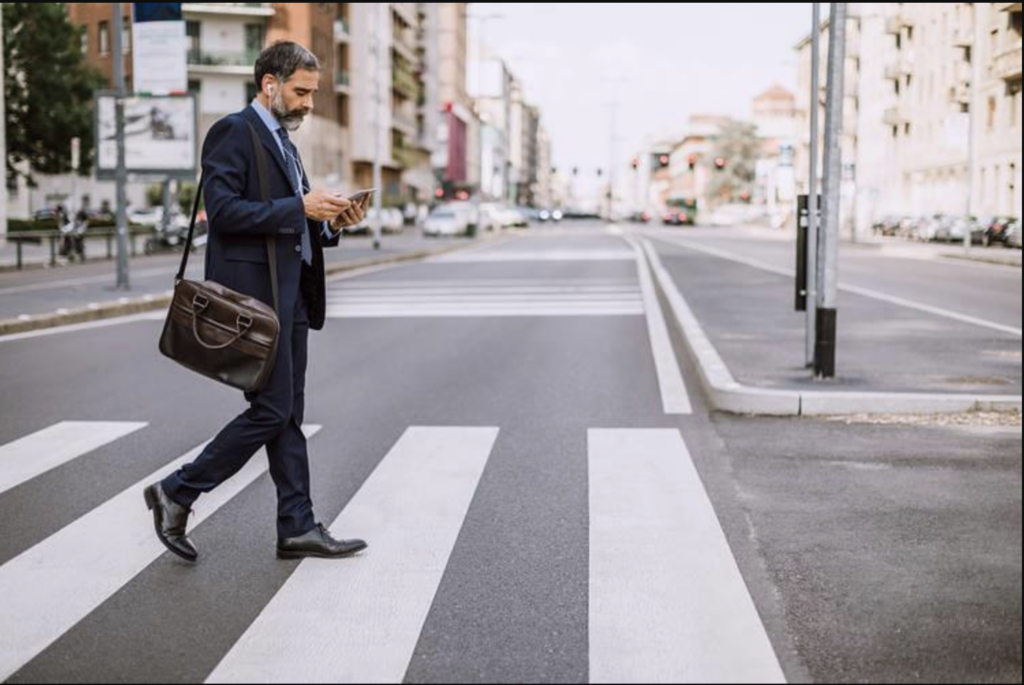
For example, you are at a bank standing in line. Two men enter the bank with bulky oversized coats. They are looking around and one is covered in flop sweat.
You notice that they each have a black cloth dangling from their right hands.
Next, you process the information that you have identified and comprehend the situation. This will aid you with rapid decision making and action.
“They are going to rob the bank,” you think.
Last, you project the current situation into the future and visualize how the current situation will evolve based on the information you have identified and comprehended.
You now have a short window to plan and evaluate your options.
“If I don’t leave right now, I may be killed. Should I leave, or draw my weapon? If I draw down, I have to assume they are both armed. If I use deadly force, is it justified? Are lives being threatened?”
Do not just exit the building without looking around to see if anyone is following you. When you are entering your office or home, notice the things and people around you. The daily grind can leave us in a vulnerable, highway hypnosis-like state. Avoid a narrow focus or being sucked too deeply into your thoughts when out and about in public. This can lead to missing critical details, including threats to your safety. A big source of distraction can be your cellphone – wait until after you are safely inside your destination rather than staring at your screen while you are walking.
#2 Train, Retrain, and then Train Again
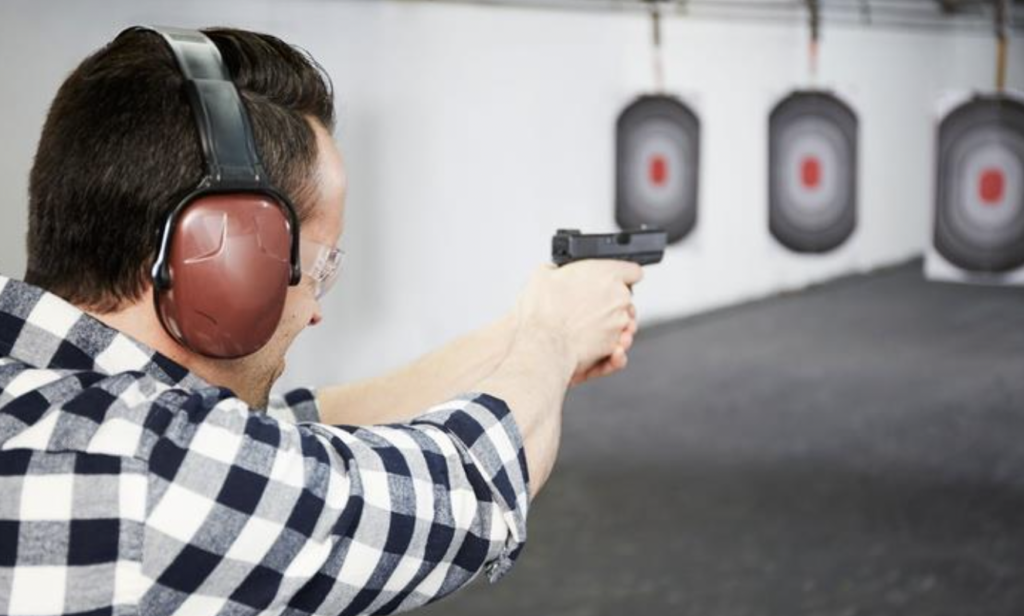
- Shooting on the move
- Shooting while standing still
- Shooting with your non-dominant hand
- Shooting with your dominant hand
- Shooting multiple targets
- Shooting in low light/no light
- Reloading under stress/under fire
- Scanning and accessing targets
#3 Know the Law regarding the Use of Deadly Force
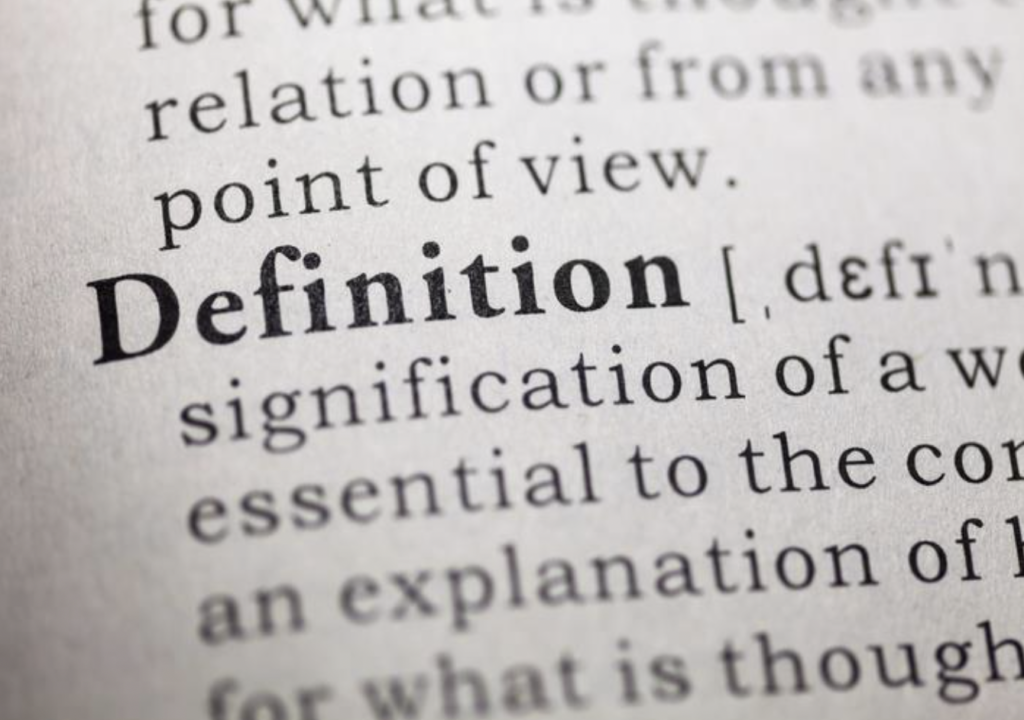
If you are going to carry a gun for self-defense, you should know the laws in your state that cover the use of deadly force. Under California law, the use of deadly force is allowed only to protect lives.
Having a CCW does not give you a license to pick fights with strangers at bars – in fact, quite the opposite. You must go out of your way at every opportunity to avoid confrontation, be passive and turn the other cheek, and keep your cool. If you were to discharge your weapon for any other reason than to protect your own life or the life of another, you may end up being criminally prosecuted.
You are accountable, because as a CCW Permit holder, you understand the severity of using your firearm and the consequences it may bring if not legally defensible.
Having a CCW does not give regular citizens the authority to others for any reason other than the imminent threat to loss of life. You must develop a thick skin and use rational judgment at all times.
#4 Carry a Spare
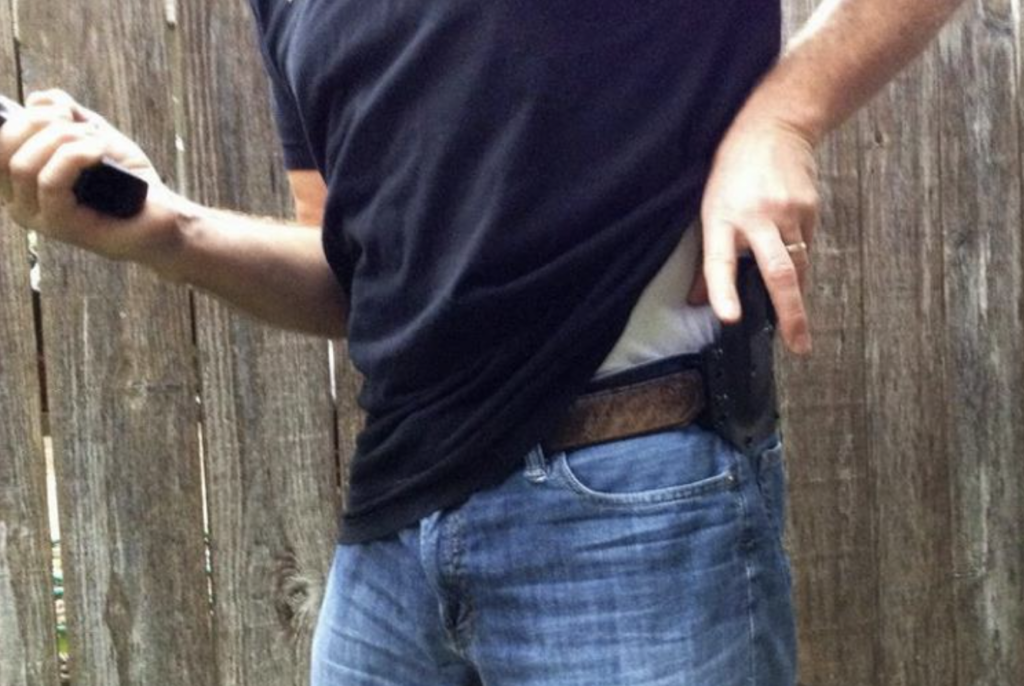
Better to have, and not need, than to need, and not have – F. Kafka
We recommend carrying a spare magazine, as this is standard operating procedure for law enforcement. For civilians with CCW’s, carrying a spare magazine so you can shoot, move to cover, and reload if necessary is a best practice.
In a life threatening situation, there are several factors that could lead to the necessity to reload:
- Dealing with multiple assailants
- Weapon/Ammo malfunction
- Unintended ejection of magazine under stress
Remember to practice (see #2 above) ejecting your magazine, drawing your spare, and reloading. As you practice, it will become muscle memory and you can keep your eyes on the assailant or your immediate environment so you can react. Practice reloading without looking at your magazine or firearm.
#5 Drill with the Weapon you Carry Daily
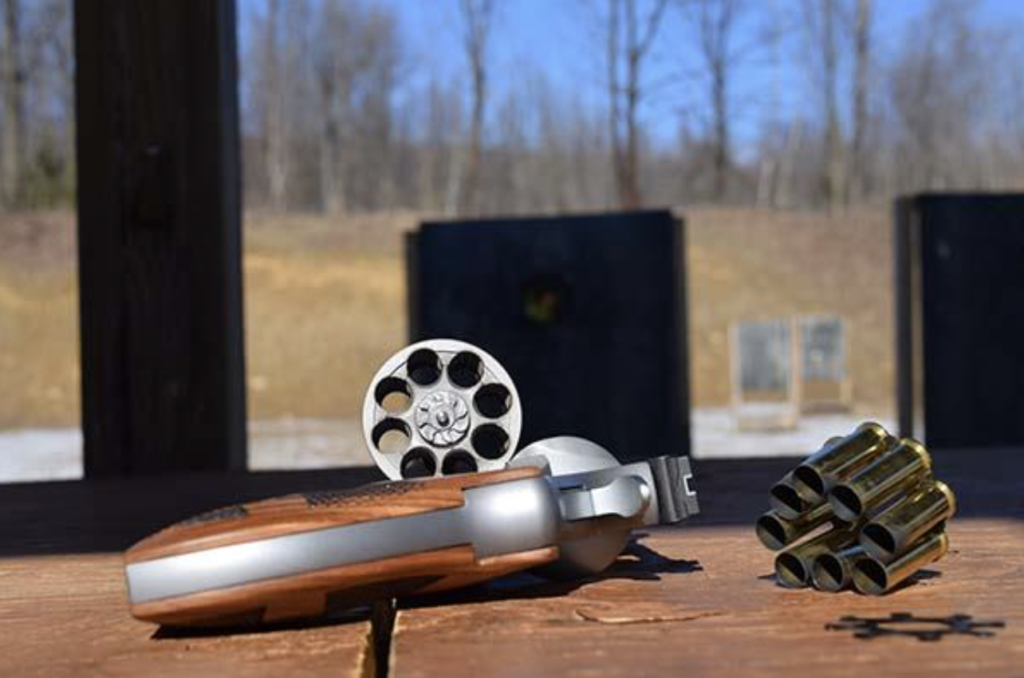
We recommend that when you practice and train, you use your every day carry weapon.
The weight of the gun, the placement and action of the safety, reloading – each of these may vary between firearms. By running drills with your daily carry, you familiarize yourself with these functions until mastery occurs.
Building muscle memory will allow you to unconsciously perform these functions when under stress or when in danger and can save your life.
Every drill run with your daily carry weapon will aid you in effective, smooth, and accurate use of your weapon in a life-threatening situation.
#6 If you stay ready, you will be ready
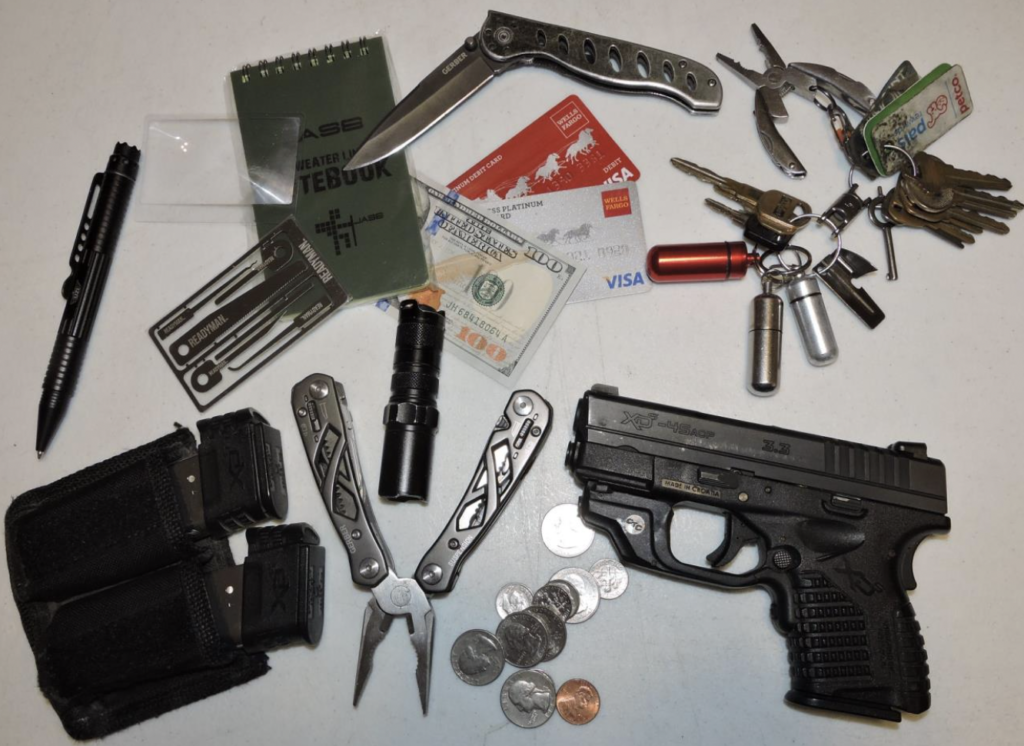
With situational awareness comes preparation. Aside from carrying a firearm, there are several critical items that we recommend keeping on your persona and/or in your vehicle at all times. These include a multi-tool and a flashlight.
Flashlights are valuable late at night, in the early morning, during a power outage, or when you have low light/no light.
In your vehicle, keep a flashlight –especially at night, or there early in morning
A good multi-tool will include:
- Needlenose pliers
- Regular pliers
- Wire cutter
- 2.25″ plain / serrated combination blade
- Scissors
- Real cross driver
- Large, medium, and small flathead drivers
- Can opener
- Bottle opener
- Awl
- File
- Ruler
- Wire stripper
These assist you in daily life and are well worth the investment.
#7 Don’t Advertise
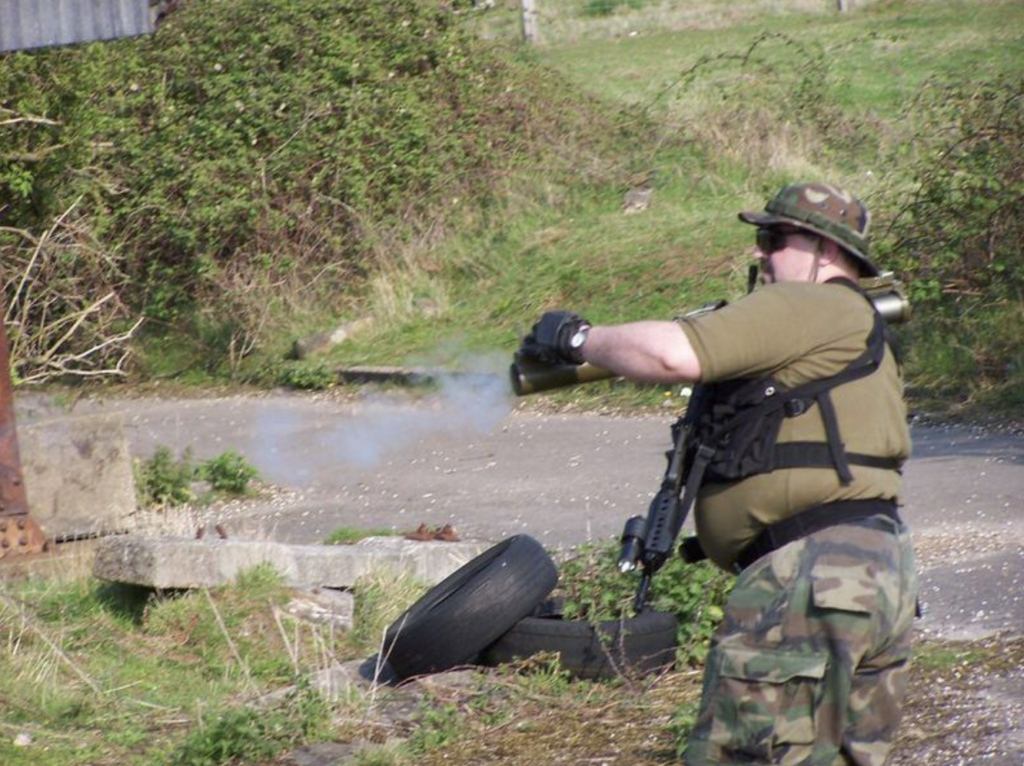
The element of surprise is one of the most powerful advantages you have during a life-threatening situation. Wear clothing that is inconspicuous and adequately hides your concealed weapon. Do not wear “tacticool” gear, shirts for gun manufacturers, or overly bulky garments that suggest you are carrying. Profiling works both ways.
Ed Whiting has had a 40 year law enforcement career and served as Police Chief for Taft, California. Mr. Whiting also served in the USAF, Kern County Sheriff’s Department, McFarland PD, and Taft PD. A Range Master with Executive P.O.S.T. Certification. Mr. Whiting has been trained by the FBI for Active Shooter; taught FBI Eastern District Active Shooter course, and was on scene Commander for Taft Union High School Active shooter event on January 10, 2013.
John Barker has had a 26 year law enforcement career with the Orange County Sheriff’s Department. Mr. Barker worked in Undercover Narcotics and is a P.O.S.T. Certified Instructor. Mr. Barker’s achievements include a one year combat tour with the U.S. Department of Defense and serving as a Special Investigator for the U.S. Department of State.




